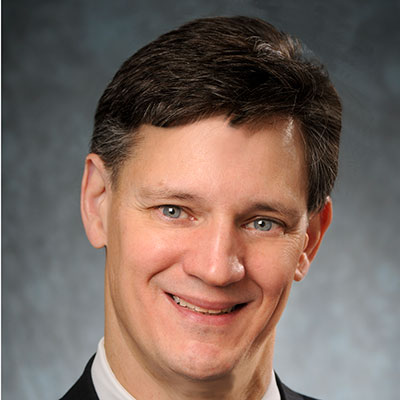Orthopedic anomalies are common in patients with Prader-Willi syndrome (“PWS”). Surveys suggest that roughly 19% of individuals with PWS may be diagnosed with knock knees, 10% with hip dysplasia, 7% with patellofemoral instability, and 3% with bowlegs. Yet, there is little consensus among orthopedists about how best to address these issues in young children. For example, in the typical pediatric population, surgical reductions of the hip (and/or hip osteotomies) are often performed in patients with developmental hip dysplasia in order to reduce a child’s future risk of developing osteoarthritis and an eventual need for a hip replacement procedure. Currently, however, orthopedists do not know how many (if any) patients with PWS will ever stress an abnormal hip joint enough to develop osteoarthritis and/or a need for a hip replacement procedure. As such, evaluating whether or not surgical intervention is beneficial for young children with PWS and concomitant orthopedic abnormalities remains challenging in many instances when the orthopedic condition is largely asymptomatic.
The Nationwide Impatient Sample is the largest all-payer inpatient care database in the United States, and contains data on more than seven million hospital stays. Its large sample size is ideal for developing national estimates and enables analyses of rare conditions and special populations. The aim of this project is to analyze the raw data collected in the NIS to specifically identify how many patients in the United States undergoing a total hip arthroplasty (“THA”) or total knee arthroplasty (“TKA”) also had an accompanying diagnosis of PWS. Biostatisticians culling this data will also be able to look at trends over time to see if the incidence of patients with PWS undergoing THAs or TKAs is increasing over time, as well as examine any differences in patient characteristics (for example, BMI) in patients with versus without a diagnosis of PWS. The data will then be used to create recommended treatment guidelines for clinical practitioners involved in caring for young patients with PWS and accompanying orthopedic conditions.
The overall incidence of patients with PWS who eventually undergo THA or TKA has not previously been examined. Evaluating this information, however, is essential to develop effective strategies and best practices for treating orthopedic abnormalities in young children with PWS. Hip and knee surgeries in the pediatric population involve subjecting a child to general anesthesia, and weeks of prolonged immobilization in casts. If the data collected in this project reveals that patients with PWS are not at risk of needing a hip or knee replacement in the future, this will help guide practitioners and guidelines of when surgical intervention is deemed necessary and appropriate in these young patients.
Research Outcomes: Public Summary
From 2004 to 2014, 9.4 million patients nationwide, by weighted estimate, underwent THA (3.1 million) or TKA (6.3 million). Sixty-five patients were identified as having the diagnosis of PWS (39 with THA, 26 with TKA); 7 patients per million having hip or knee arthroplasties had PWS. Sixty-eight percent of those with PWS were younger than 50 years, compared with only 7% of those without PWS (P< 0.001). The female:male prevalence was 47:53 for patients with PWS and 60:40 for the total group. The mean length of stay was similar, but patients with PWS were more likely to be transferred to another facility after surgery (77% vs. 36%; P= 0.008). Conclusions: Hip dysplasia prevalence is higher in persons with PWS, but the rate of late treatment with THA is much lower than in the general population. We recommend only active observation for stable and improving hips in young children with PWS, as the consequences of overtreatment can be serious, including further delaying their neuromuscular development, and exposure to possibly unnecessary perioperative risks.
Research Outcomes: Publications
Comparison of Hip and Knee Arthroplasty Rates of Individuals With and Without Prader-Willi Syndrome. van Bosse, Harold J.P, Gantz, Marie G, Ong, Kevin L, Cox, Jessica B. Journal of Pediatric Orthopaedics. https://doi.org/10.1097/BPO.0000000000001490Funded Year:
2017
Awarded to:
Harold Van Bosse, MD
Amount:
$5,000
Institution:
Shriners Hospital for Children
Researcher:





